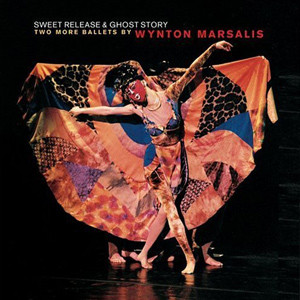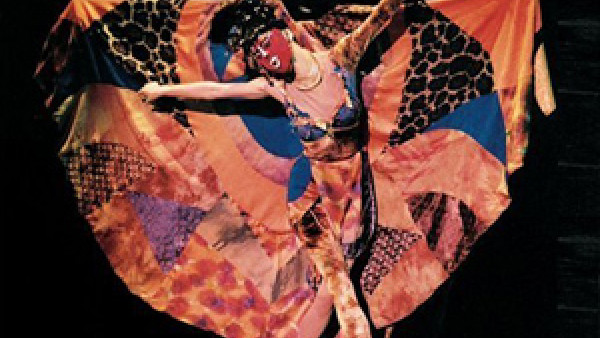A Marsalis Sampler, Both Brief and Complex
Connected to Judith Jamison’s fast-moving choreography, Wynton Marsalis’s 30-minute score for the Alvin Ailey American Dance Theater’s ‘‘Sweet Release,’‘ performed Wednesday night at the New York State Theater, had little room for the kind of ecstasy implied in its title. In its favor, the piece felt more like a symphony fiendishly edited to fit on one side of an LP.
In Mr. Marsalis’s case, brevity yields good things. With jump-cut concision, he conducted his well-rehearsed 17-piece orchestra through Latin rhythms, Ellingtonian blues tonalities and dozens of mini-compositions bridging the episodes in ‘‘Sweet Release.’‘
‘‘Home,’‘ the piece’s first section, began with one of Mr. Marsalis’s long trumpet glissandos, fused into sultry ensemble blues in odd voicings and almost immediately jumped into quadruple time, only to halve itself again after a few measures. Mr. Marsalis’s writing has grown increasingly more complex, but this wasn’t precious music; a cropped tuba line banged the rest of the group along, and the rich ensemble chords reflected the dancers’ hot-color costumes.
‘‘Church,’‘ propelled by tuba and featuring Victor Goines’s clarinet, used stacked intervals across woodwind and brass; Afro-Cuban cross-rhythms, with tambourines, congas and hand claps, made brief appearances.
One of Mr. Marsalis’s more remarkable orchestrations was a shimmering repeated figure in piano and woodwinds underneath the rest of the rollicking ensemble, almost as if a page from Morton Feldman’s ‘‘For Samuel Beckett,’‘ performed last weekend at the Lincoln Center Festival ’96, had blown onto the music stand. And modal jazz crept in as well, but only for two bars.
‘‘Church Basement,’‘ introduced by a Latin piano figure, was the most confrontational scene of the dance, and the music focused on rhythm, both building it up and snatching it away, which created a feeling of the horn players falling off a precipice. ‘‘Street,’‘ over a strutting tempo, was played with brass disharmonies (program music for Matthew Rushing’s Caliban figure, tempting the lovers toward a fall in the danced narrative).
‘‘Home,’‘ the final reprise section, had a fitful euphony shot through with cannily placed cries and shouts. Finally, Mr. Marsalis worked in an extended blues feature, his muted trumpet arguing and imprecating against Wycliffe Gordon’s trombone. But ‘‘extended,’‘ in this context, meant a minute or less. One came away from the music without a melodic theme in mind, but with a strong memory of volatile, tossing energy.
by Ben Ratliff
Source: The New York Times


